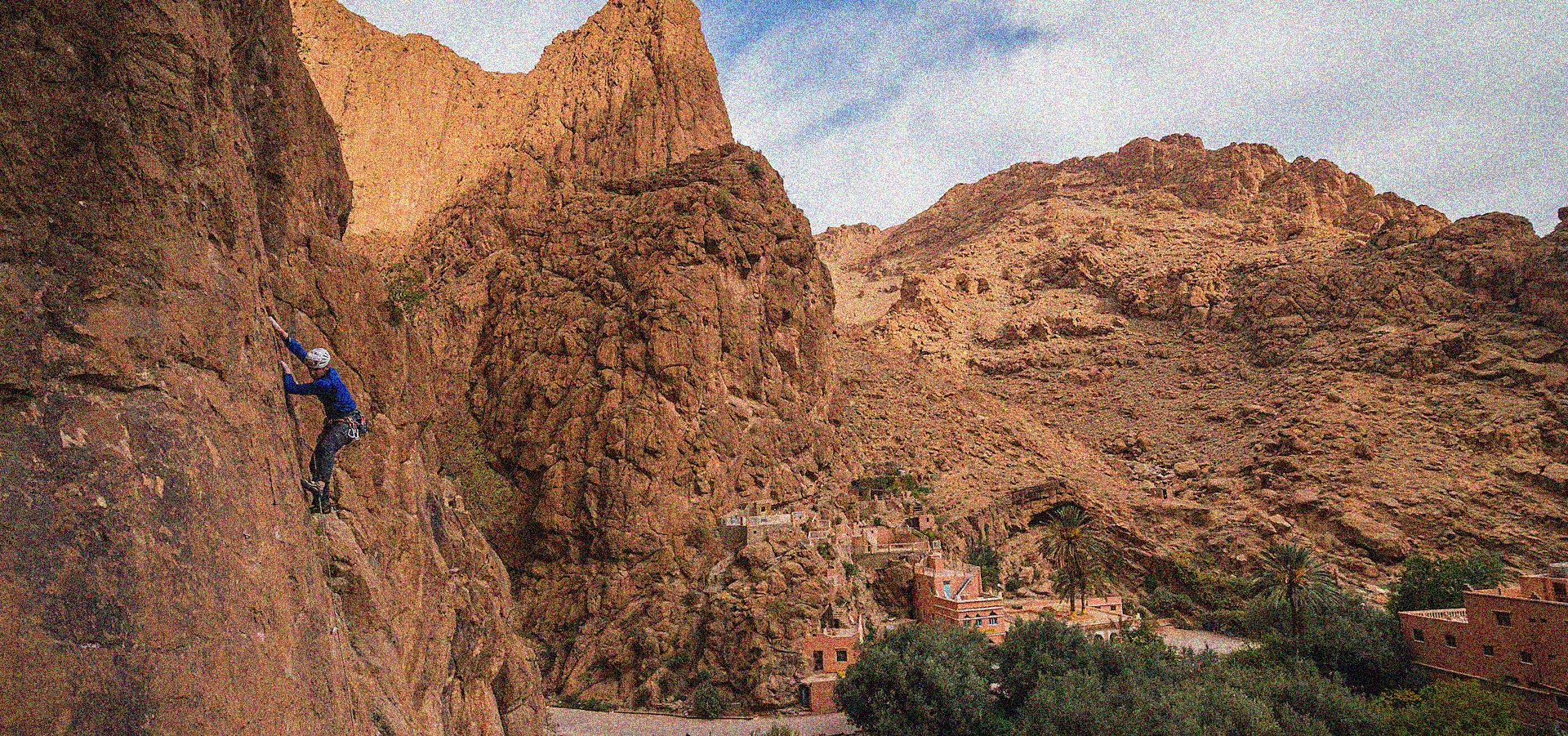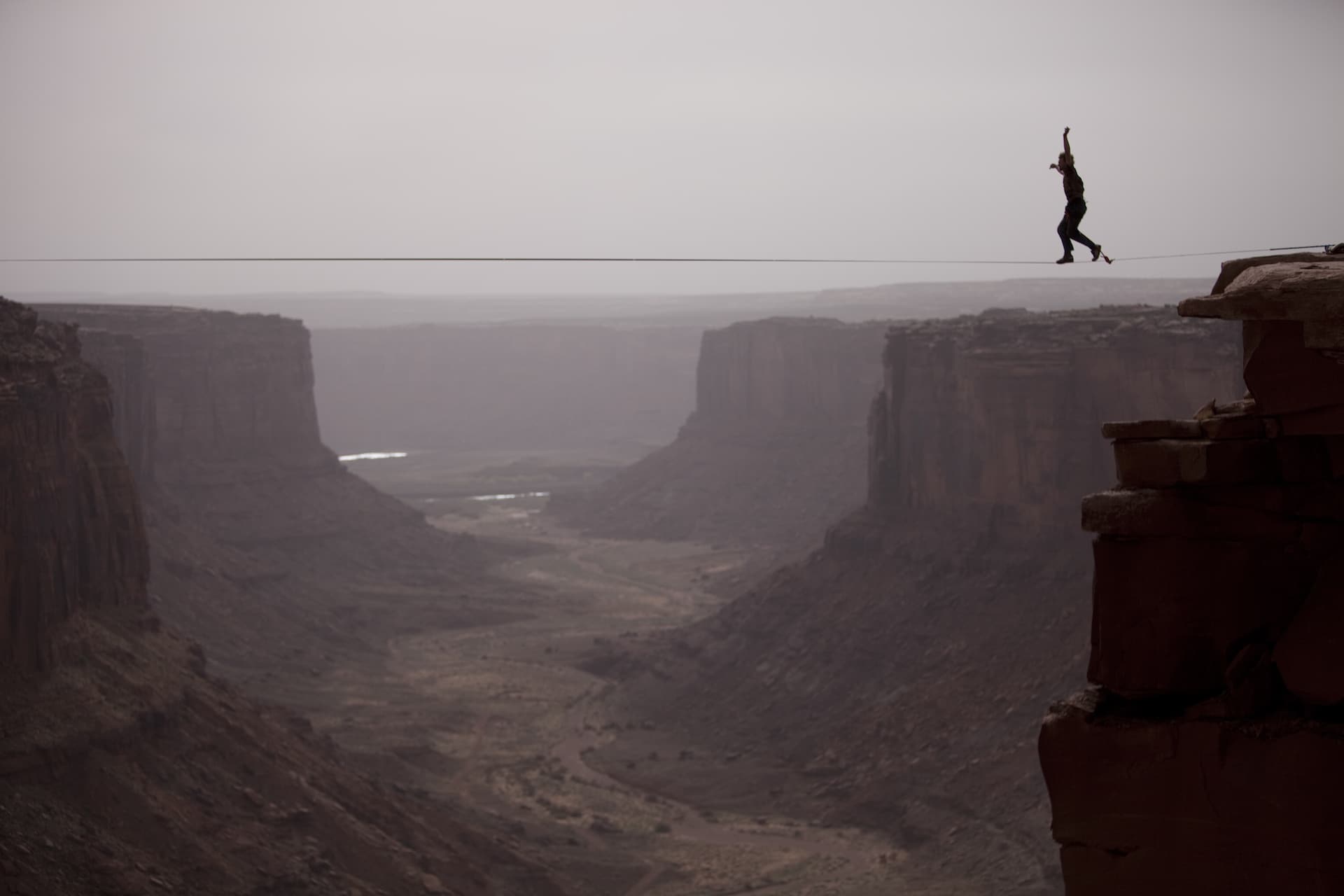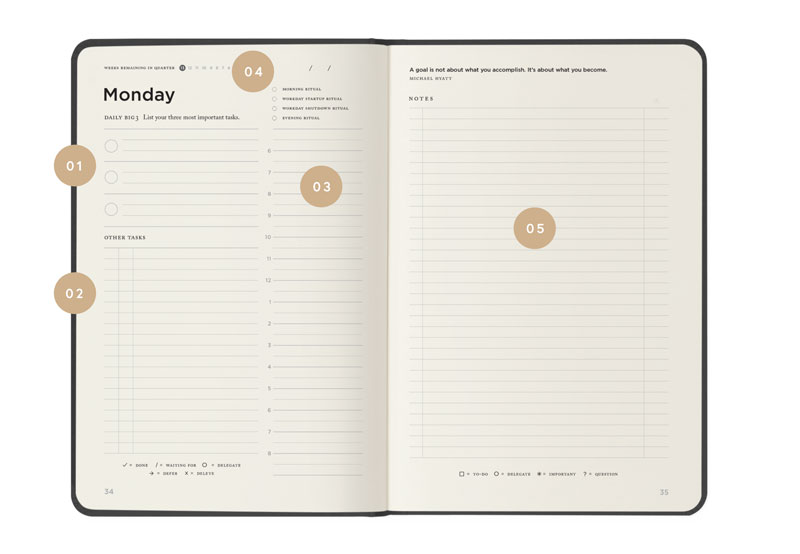The Triple Power of Trust, Preparation, and Mindful Engagement
At twelve years old, when most girls her age were learning algebra and crushing on the members of NSYNC, Samantha Larson was preparing to conquer a fear that few adults would face: climbing to the top of Mt. Kilimanjaro in Tanzania, Africa. By eighteen, Larson had also successfully climbed each of the Seven Summits, ascending to the tallest peak on each continent and, at the time, becoming the youngest person to achieve the feat.
The first time Larson felt real fear was at the bottom of Kilimanjaro, when she and her father (who completed all of the climbs with her) met a gentleman who had gotten sick because of the change in altitude and couldn’t make it to the summit. He warned them that they, too, would probably struggle. But instead of backing out, Larson committed to pressing forward.

“Fear is such a personal thing, but in a lot of situations, fear is just a reaction of the human brain, which is wired to convince us that what we may want to do is a bad idea,” says Larson. “When we face fear, we have to ask ourselves how badly we want that thing that we’re afraid of, and how can we learn to work through the fear when we feel it.”
Trust in the face of fear
We typically assume that the opposite of fear is courage or bravery. But according to the popular saying, it’s actually trust that arises when fear is absent. And this is certainly the case for professional slackliner Heather Larsen.
Slacklining is the process of walking across a tensioned cord that is suspended between two anchors, similar to a tightrope (but with more slack in the line, hence the sports’ name). So what’s the key differentiator between slacklining and the standard, circus-variety tightrope walking? Some slackliners, also known as highliners, choose to trek across canyons, carefully balancing on lines that are literally hundreds of feet from the ground.
Despite built-in safety mechanisms (participants typically wear a harness with a leash that connects to the line itself) highlining definitely falls on the extreme end of the sports spectrum, with risks that include fractures, sprains, broken bones, and even death. For Larsen, who was introduced to slacklining through climbing, the ability to overcome the fears associated with traversing a 2.5-centimeter wire high above the ground is based on her assurance that she will remain safe even if she falls.

“I trust the gear, my rigging team, and my partners, and I trust my skills and abilities to walk the line,” Larsen explains. “[When I first started highlining], I think I easily trusted my gear because of my familiarity with building climbing anchors in the past, and I trusted my friends because I was aware of their experience. I now also have the knowledge and experience to evaluate my environment and the teams I work with.”
Whether you’re an extreme sports athlete, a newlywed, or a startup entrepreneur, being able to rely on a partner or team to carry part of the burden and minimize some of the risk certainly helps to mitigate fear. But this trust doesn’t develop overnight—nor does it develop without personal effort.
“I am constantly learning from others in the slacklining community; my friend just taught me a new knot that is much easier to check and very clean for rigging highlines,” says Larsen. “I think that in order to develop and maintain trust, you have to be willing to be a student [of your industry] and the groups you work with, as well.”
Preparing for victory
Ultimately, the more you study, the better the perspective you have for your circumstances and the greater the likelihood that you will be able to adequately prepare for what lies ahead. U.S. National and World Champion powerlifter Robert Herbst admits that youthful exuberance may have blinded him to the fact that he could be injured while competing. But with age and a twice dislocated sacrum (due to scoliosis that developed when he was a child), Herbst credits preparation for the confidence he feels each time he hoists a bar—weighing more than triple his own body weight—over his head.
Herbst recalls seeing a competitor ahead of him blow out his leg while lifting a weight less than what Herbst was about to attempt. Yet, because of his focus on both physical and mental training, Herbst was more than prepared to make his lift, even in the face of fear.
“Preparation reduces risk because it enables you to deal with situations as they arise,” says Herbst. “If you are prepared, then you know you have the answer, and you can rely on their training. There is then less to fear as you know you can cope.”
According to Herbst, preparation also allows you to ignore the possible consequences and risks when action is needed. You have to be aware of the potential to lose your 401K when launching a business, or the chance that you may alienate your customer base when introducing a new product, but once you have accepted those risks and prepared as much as possible to avoid them, ignoring fears isn’t naïve. It’s calculated and strategic.
“After my deadlift at the World Drug-Free Powerlifting Championships this year, I had broken blood vessels on my face as if I had been punched,” says Herbst. “If during those lifts, I had thought that I might tear something, I maybe would have subconsciously backed off and not have been able to give the same effort. And I think other people in extreme situations know that once they have committed themselves, they have to focus on the moment and what needs to be done, and not worry about extraneous things such as risk. Otherwise, they may not be as effective or successful, and they will still be exposed to the risk anyway.”
Mindful fearlessness
Mountain climber Samantha Larson has come to understand the difference between real, flight-or-flight danger and the mind’s natural tendency to default to the path of comfort and least resistance through her path toward mindfulness. And more than just the buzzword on every wellness guru’s lips, mindfulness can mean the difference between failing to reach our fullest potential and living the lives we were divinely created for.
“More often than not, when we feel afraid, we’re actually safe,” says Larson. “Mindfulness techniques can very helpful in working through fear in almost any situation, and that means going through the process of recognizing that you feel afraid, analyzing whether you are actually in a dangerous situation, using that analysis to consciously decide how you want to navigate the situation, and then trusting in that decision and acting on it with purpose.”
Disclosure of Material Connection: Some of the links in the post above are “affiliate links.” This means if you click on the link and purchase the item, we will receive an affiliate commission. Regardless, we only recommend products or services we use and believe will add value to our readers. We are disclosing this in accordance with the Federal Trade Commission’s 16 CFR, Part 255: “Guides Concerning the Use of Endorsements and Testimonials in Advertising.









